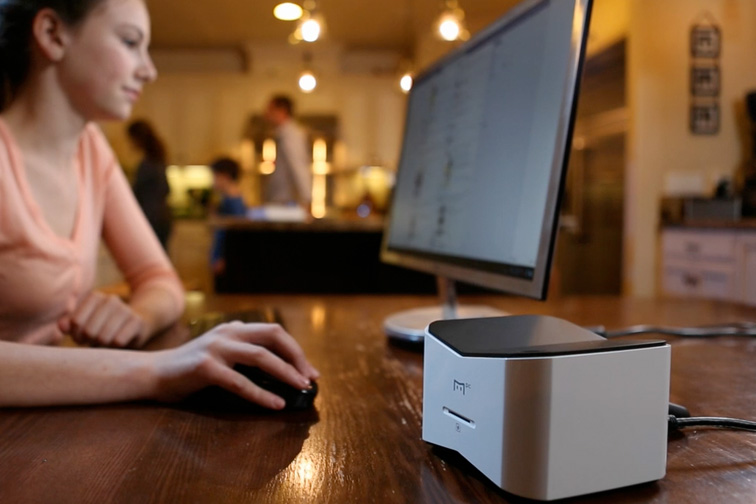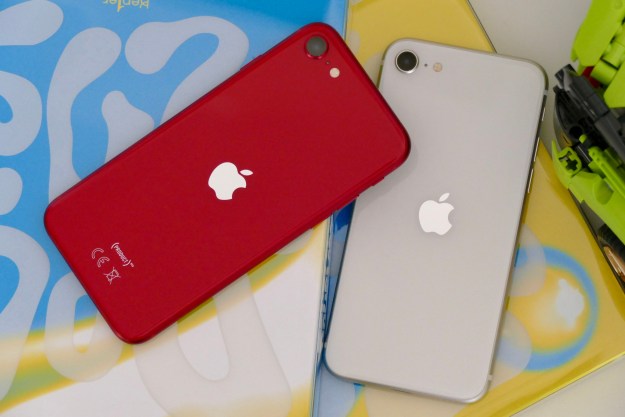 MiiPC wants to bring Jelly Bean goodness to desktop computing – and given the explosive popularity of their Kickstarter campaign, which launched only this morning, they seem well poised to do so. The MiiPC packs an Android operating system into a sleek, compact package for only $100 ($90 for early birds), and promises delivery between July and September of this year.
MiiPC wants to bring Jelly Bean goodness to desktop computing – and given the explosive popularity of their Kickstarter campaign, which launched only this morning, they seem well poised to do so. The MiiPC packs an Android operating system into a sleek, compact package for only $100 ($90 for early birds), and promises delivery between July and September of this year.
While the MiiPC is a notch more expensive than some of the $50 Android-based mini PCs floating around, its ease of use straight out of the box gives it an edge compared to complex builds like the Raspberry Pi. The MiiPC also boasts more robust specs, including a Marvell New Armada dual-core 1.2GHz processor, which is similar to the chip used in the Google TV. Add in 1GB RAM and 4GB of expandable internal flash storage, and the MiiPC seems relatively app-ready – even if it will never replace a full-size desktop PC.

In fact, the MiiPC may be ideal for a digital home entertainment setup. HDMI and speaker inputs make it a cinch to hook up to your TV (up to 1920 x 1080 resolution), and the MiiPC’s Miracast Receiver technology allows you to display video wirelessly from a smartphone or tablet. Now there’s no need to crowd around an iPhone to share a YouTube clip; you can beam it straight to your widescreen HDTV instead. MiiPC’s rear peripherals also include a microphone input, Ethernet, and 2 USB ports for attaching mouse and keyboard peripherals.
The creators of MiiPC tout the device’s customizable parental controls, which – paired with a free companion app for iPhones or Android phones – can limit access to certain websites and apps, enable real-time monitoring, and provide statistics on usage patterns. Even if you could do without this “Big Brother” approach, however, the companion app’s feedback may prove helpful for managing your own productivity online.


